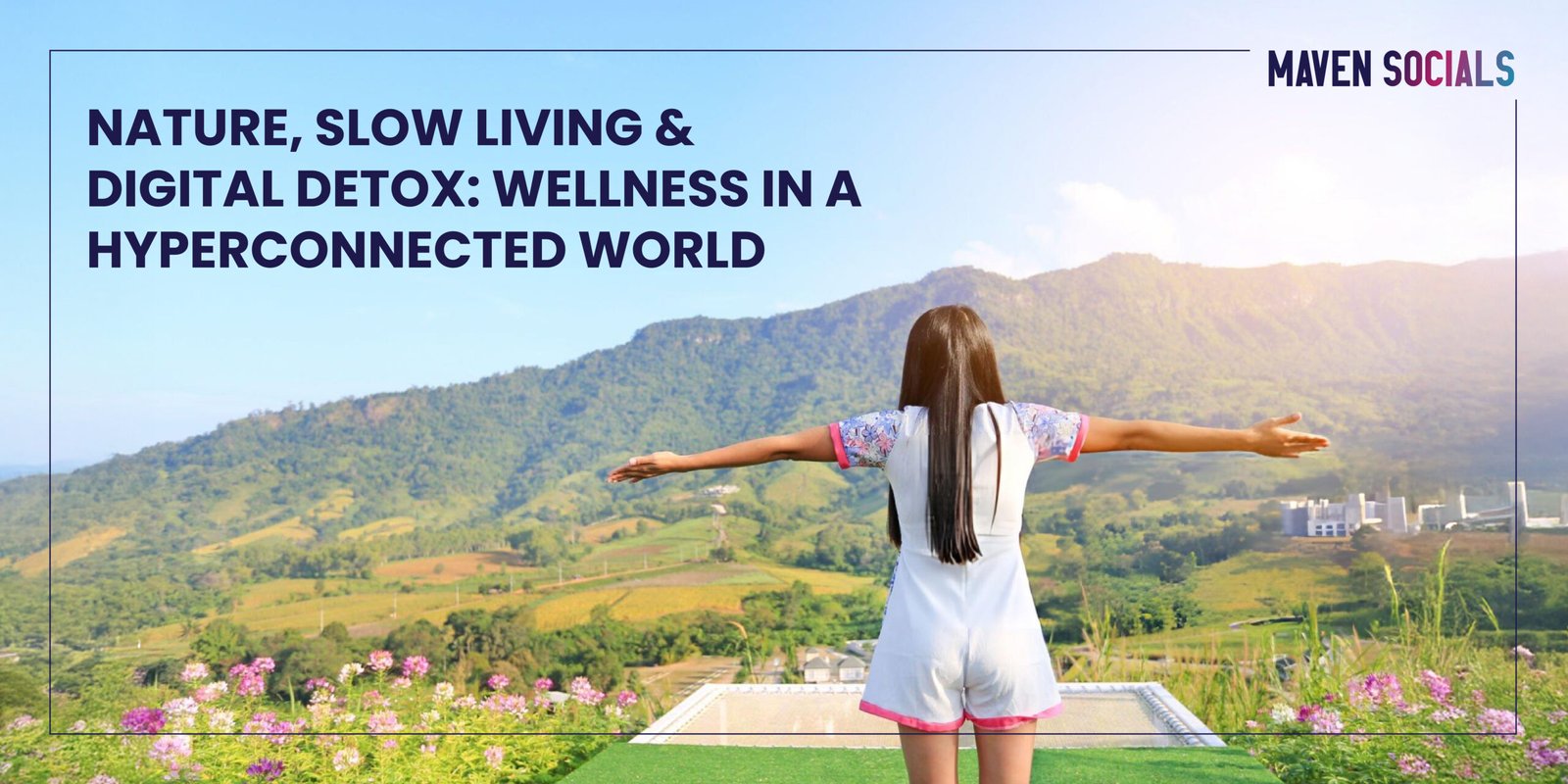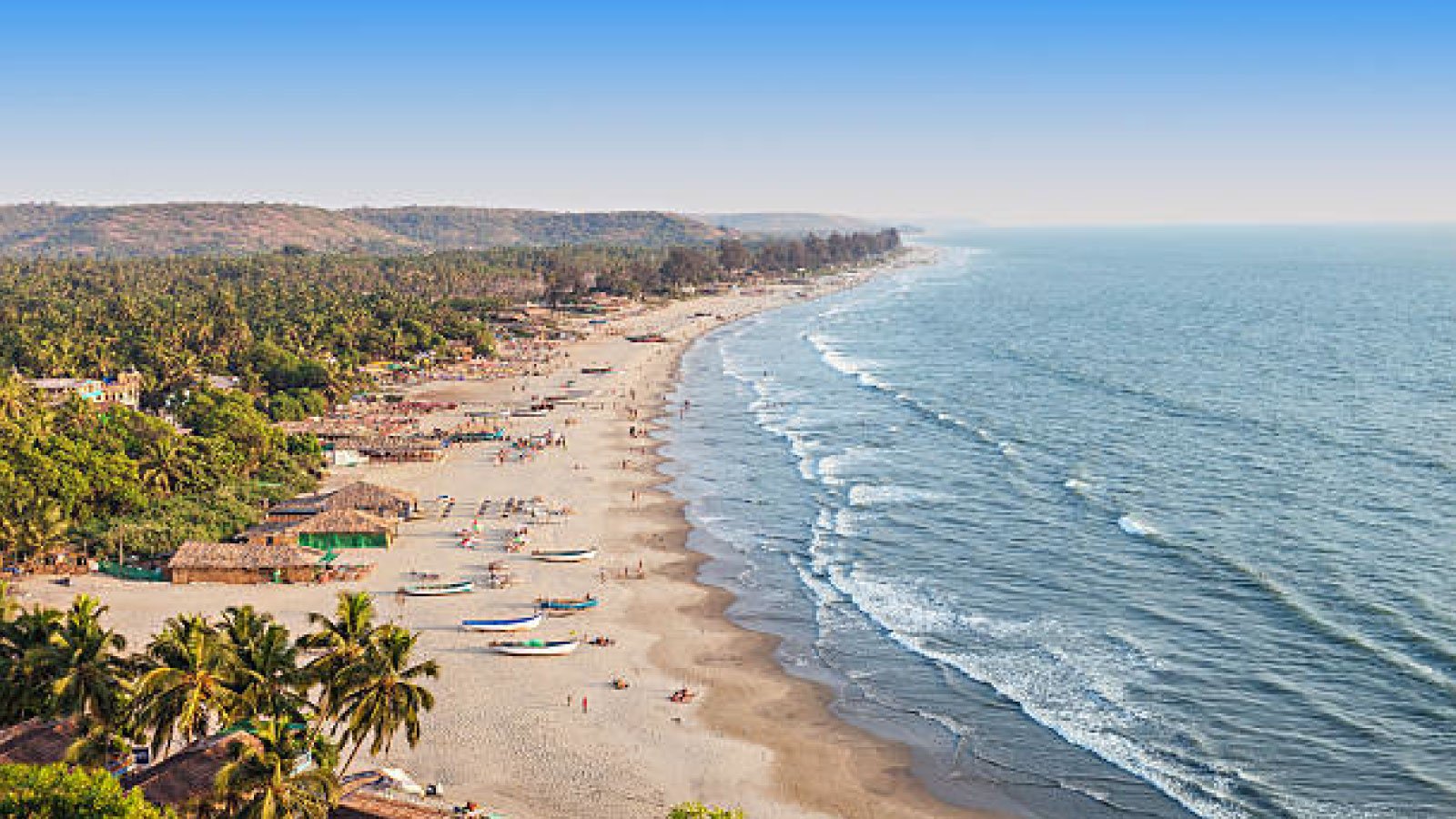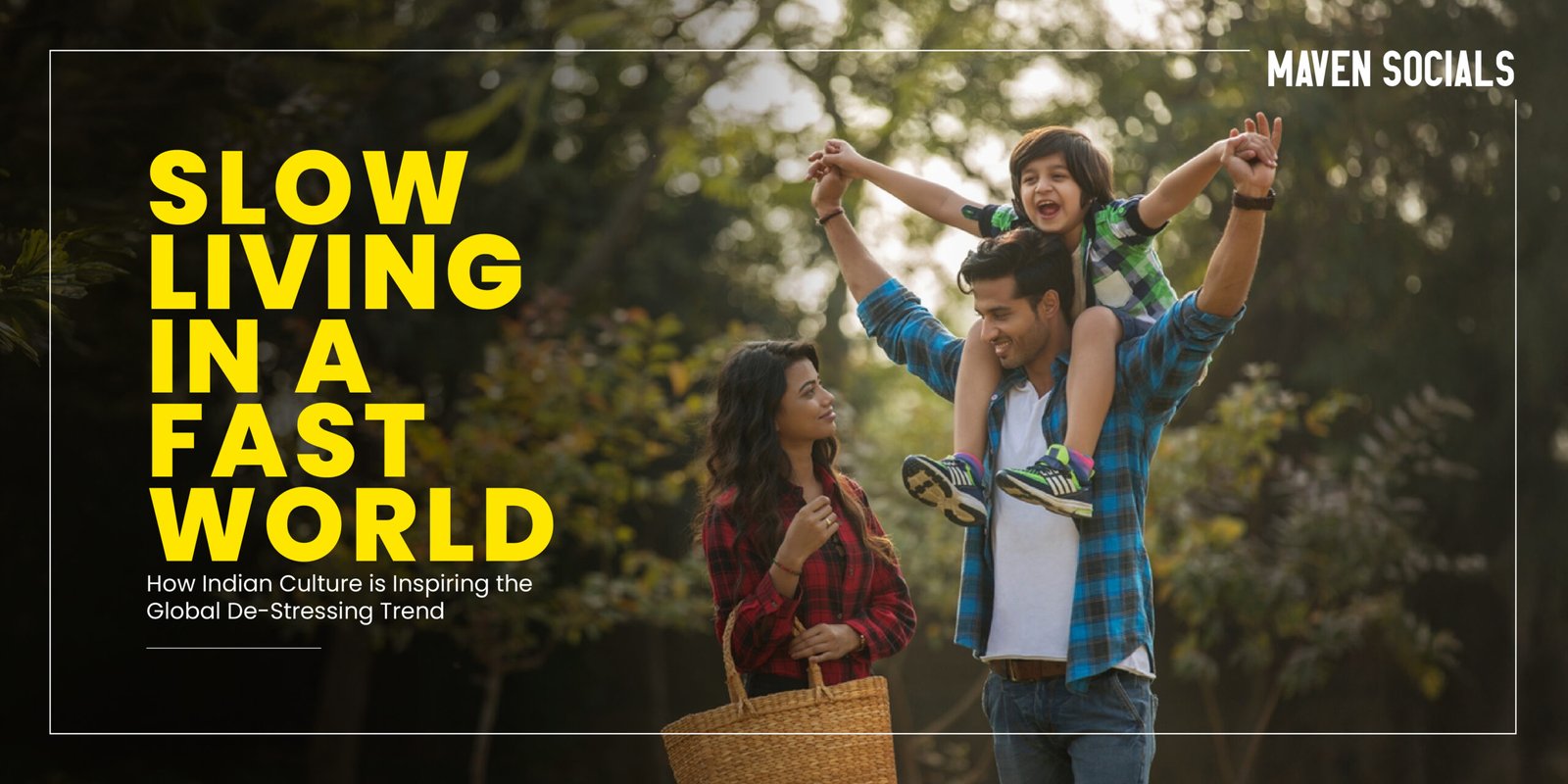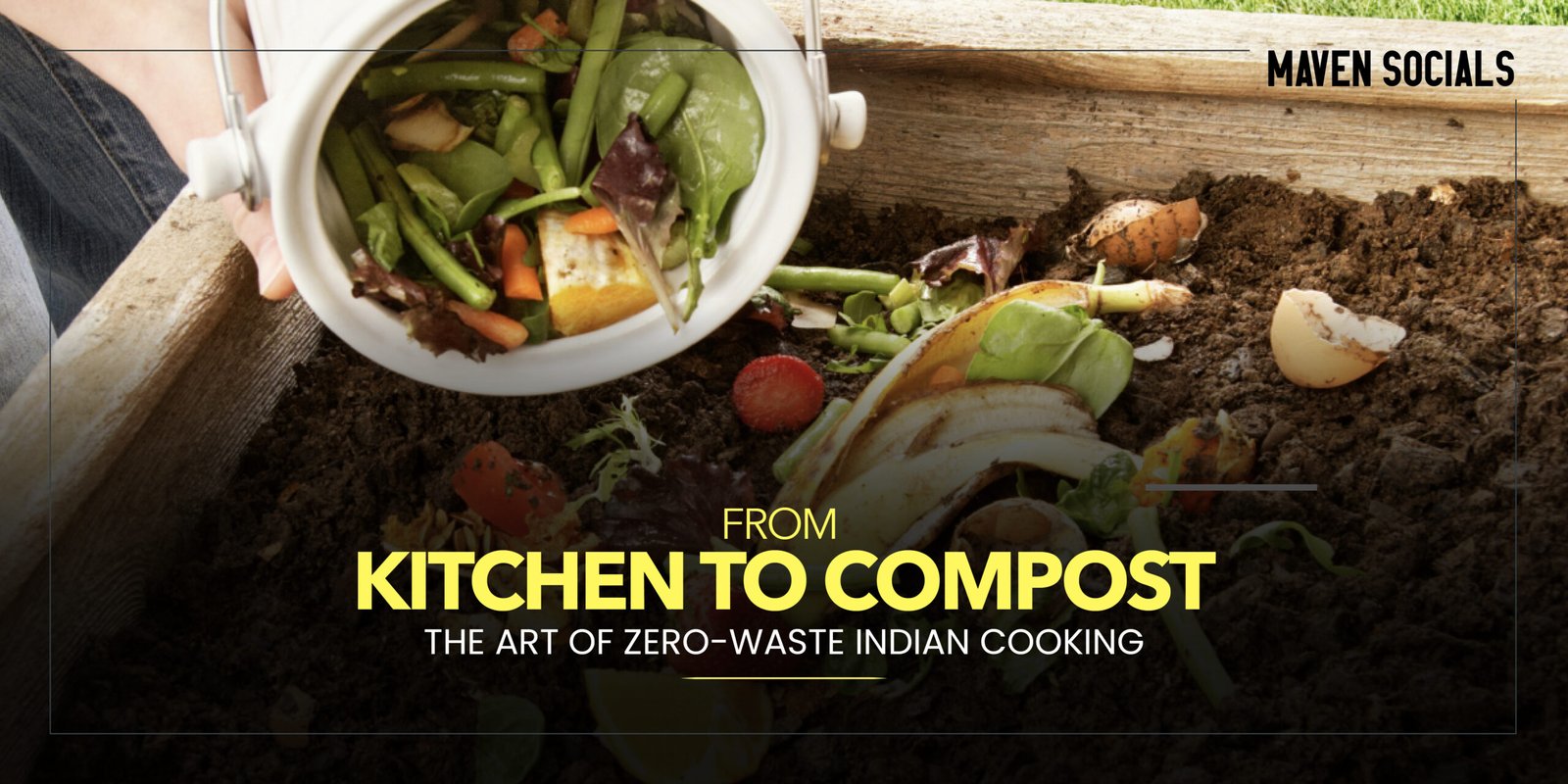In today’s fast-paced, always-online world, we are more connected than ever — yet somehow, we feel more disconnected from ourselves. Notifications constantly buzz, screens dominate our attention, and “busy” has become a badge of honor. Amid this noise, many people are seeking a different rhythm of life — one rooted in simplicity, presence, and balance.
Enter the concepts of nature therapy, slow living, and digital detox — three interwoven practices that are redefining what wellness means in the modern era.
The Cost of Constant Connectivity
Our digital lives offer undeniable benefits — instant communication, endless information, and virtual communities that span continents. But this convenience comes with a hidden cost. Studies show that excessive screen time is linked to anxiety, poor sleep, and reduced attention spans. The constant flood of online stimuli keeps the brain in a state of alert, making it difficult to rest, reflect, or truly connect with the present moment.
Even when we take time off, many of us feel compelled to check emails or scroll through social media — blurring the boundaries between work and personal life. The result? Mental fatigue, emotional burnout, and a subtle but profound sense of emptiness.
That’s why a growing number of people are turning to nature, slow living, and digital detox as antidotes — to reclaim time, peace, and meaning.
The Healing Power of Nature
Nature has always been our original home — a space of renewal, beauty, and quiet wisdom. Yet, in the modern world, many of us spend nearly 90% of our time indoors. Reconnecting with nature can offer both physical and emotional healing.
1. Nature as a natural stress reliever:
Research shows that spending even 20 minutes in nature lowers cortisol (the stress hormone) and boosts mood. Walking in a forest, gardening, or simply sitting under a tree can calm the nervous system and bring a sense of perspective that screens cannot.
2. Mindfulness through nature:
Unlike digital environments that constantly demand our attention, nature invites us to slow down. The rustle of leaves, the rhythm of waves, or the song of birds help anchor the mind to the present. These moments of stillness naturally cultivate mindfulness without effort.
3. Biophilia – our natural connection:
The term biophilia refers to the innate human affinity for the natural world. It suggests that our well-being is intrinsically tied to our connection with nature. That’s why we instinctively feel happier near trees, mountains, or water — it’s part of who we are.
From short walks in local parks to immersive experiences like forest bathing (shinrin-yoku), embracing nature isn’t just recreation — it’s restoration.
Slow Living: A Gentle Rebellion Against the Rush
If nature reconnects us to the world, slow living reconnects us to ourselves.
At its heart, slow living is about intentionality — choosing quality over quantity, depth over speed, and mindfulness over multitasking. It’s not about doing everything slowly but doing things with awareness and purpose.
1. Slowing down to savor life:
Slow living encourages us to pause and appreciate everyday moments — a morning cup of tea, a walk at sunset, or a quiet conversation. By shifting focus from doing more to being more, we discover a richer, more fulfilling rhythm of life.
2. Simplifying to make space:
A slower lifestyle often begins with simplifying — reducing clutter, commitments, and consumption. When we clear what’s unnecessary, we create space for what truly matters — relationships, creativity, and inner peace.
3. Sustainable choices:
Slow living is also closely tied to sustainability. By consuming mindfully, buying less but better, and valuing experiences over possessions, we not only nurture our well-being but also the planet’s.
Practical ways to embrace slow living:
- Start your mornings without rushing or checking your phone.
- Cook at home using fresh ingredients.
- Replace multitasking with single-tasking.
- Create “pause moments” during the day — time for reflection or gratitude.
Slow living doesn’t mean opting out of modern life; it’s about engaging with it more consciously.
Digital Detox: Reclaiming Focus and Freedom
Our digital devices are incredible tools, but they can easily become our masters. A digital detox — temporarily disconnecting from screens — helps us reset our relationship with technology.
1. Why it matters:
Constant exposure to screens floods the brain with dopamine — the “reward chemical” that keeps us coming back for more. Over time, this can lead to dependence, distraction, and decreased productivity. A digital detox helps the brain recalibrate and find balance again.
2. Simple ways to start:
- Tech-free zones: Keep phones out of the bedroom or dining area.
- Digital sabbaths: Choose one day a week to go screen-free.
- Notification audit: Turn off non-essential alerts.
- Replace screen time: Read a physical book, take a walk, or journal.
Even short digital breaks can improve focus, creativity, and emotional well-being. The goal isn’t to abandon technology but to use it intentionally rather than habitually.
The Intersection of Nature, Slow Living & Digital Detox
These three practices — nature connection, slow living, and digital detox — aren’t separate movements but interrelated paths toward holistic well-being.
Imagine this: You wake up early, take a slow walk through a nearby park, and listen to the sounds of nature without checking your phone. You return home, prepare a nourishing breakfast
mindfully, and spend the morning working with focused attention — phone notifications silenced. Later, you enjoy an afternoon break in sunlight, journaling or simply breathing deeply.
This kind of day is not about perfection; it’s about presence. It demonstrates how small lifestyle shifts can help us reconnect — with nature, with others, and with ourselves.
When practiced together, these habits help:
- Reduce stress and anxiety.
- Improve sleep and focus.
- Foster creativity and gratitude.
- Build emotional resilience and balance.
In essence, they help us live more fully, not just faster
Wellness in a Hyperconnected World: A New Definition
Wellness today is no longer just about diet, exercise, or physical health. It’s about creating harmony between mind, body, technology, and environment. True wellness means having the courage to slow down in a culture that glorifies speed.
It’s about disconnecting to reconnect — stepping away from the noise to hear the quiet wisdom within. It’s about remembering that we are human beings, not human doings.
In a hyperconnected world, slowing down, spending time in nature, and taking digital breaks are not luxuries — they’re necessities for mental clarity, emotional balance, and spiritual renewal.
Final Thoughts: Choosing Connection Over Distraction
As we move deeper into the digital age, the challenge is not to reject technology but to use it wisely — to ensure it serves our well-being rather than sabotaging it.
Start small. Step outside and feel the breeze on your skin. Put your phone away during meals. Take a few minutes each day to simply breathe, observe, and be.
In doing so, you’ll find that wellness doesn’t require more apps, products, or hacks — it requires awareness, presence, and simplicity. Because sometimes, the best way forward is to slow down.













